The extended winter meant that farms around the UK – from Exmoor to the Pennines and the Scottish Highlands – had to keep cattle indoors for over eight months. The summer heatwave that followed led to livestock having to be returned to their sheds to keep cool, where they required additional water to quench their thirst.
Here we take a look at how wildlife, the natural world and farming has been affected by the extreme weather of 2018.
Weather facts
- For much of England and Wales, June 2018 ranks within the top five driest Junes on record (since 1910)
- February 2018 was the coldest month since 2010 and 1.3°C below the 1981–2010 average
- Faversham in Kent reached 35.3°C on 26 July 2018, the highest since 1 July 2015
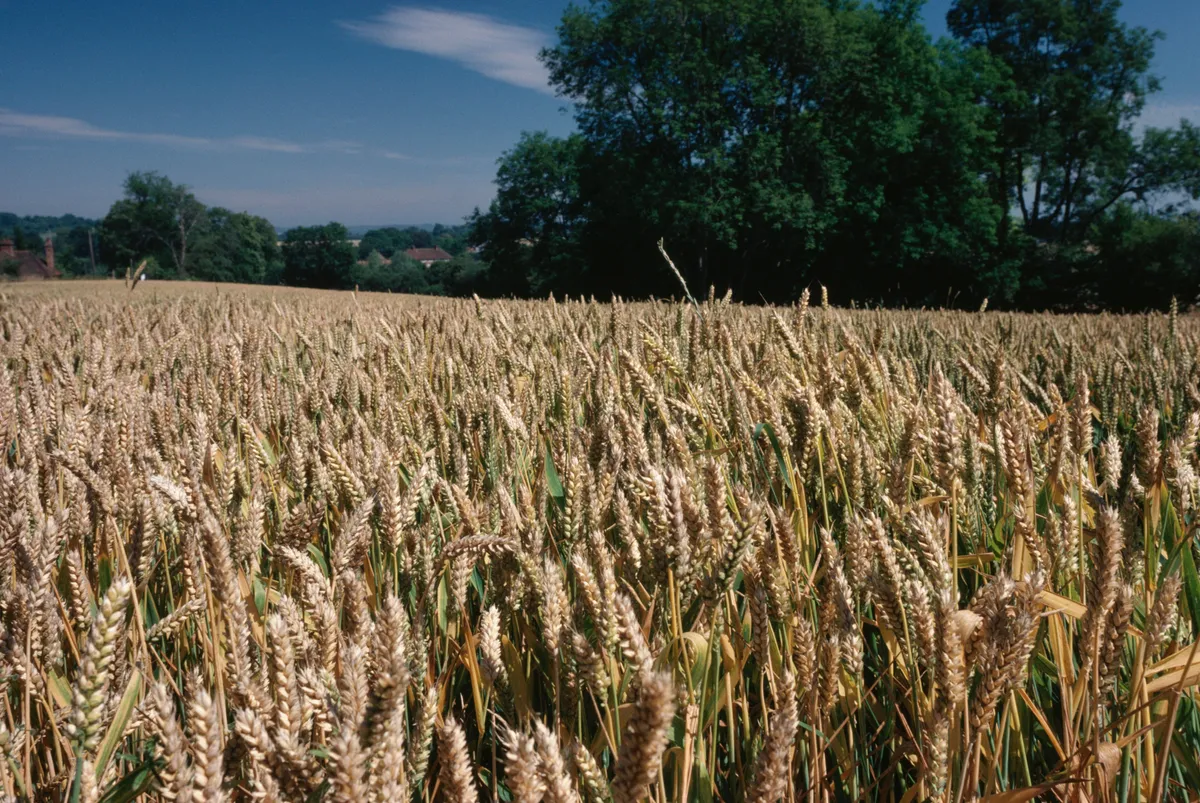
Arable
Crops, such as wheat and barley, grew sluggishly in the heat and the National Farmers’ Union (NFU) has warned of a shortage this winter. Water-intensive crops, such as carrots, have also been slow to grow. In northern Scotland, farmers were forced to buy in hay at significant cost as their winter stocks ran out. Orkney livestock farmers famously boast that they usually get through winter with their own summer harvest supplies; this year was different.
Pasture
Many farmers were only able to make a third of the winter hay and silage they need. In Morayshire, Martin Birse, regional chairman of NFU Scotland, was unaffected by the drought but is stockpiling rather than selling his surplus in anticipation of high demand this winter triggering high prices. With grass barely growing during summer, the NFU says many farmers had to buy in additional feed and straw. As cows lost their appetite in the hot weather, milk yields in some areas were down by 20%. However, traditional farming methods helped some farmers, as stone barns and hedgerows were able to provide livestock with cool and shade.
Adam Henson's experience
On the Countryfile programme broadcast on 12 August, viewers will have seen Adam Henson’s sadness at his barley crop – he estimated a 20% drop in yield due to lack of water – with a similar story for his rape harvest (although rising prices due to scarcity may help make up the difference). He was also feeding winter hay and silage to his livestock as the lack of rain from May to July meant there was little green grass. Like many farmers, he was granted special permission to graze on conservation land earlier than normally permitted.
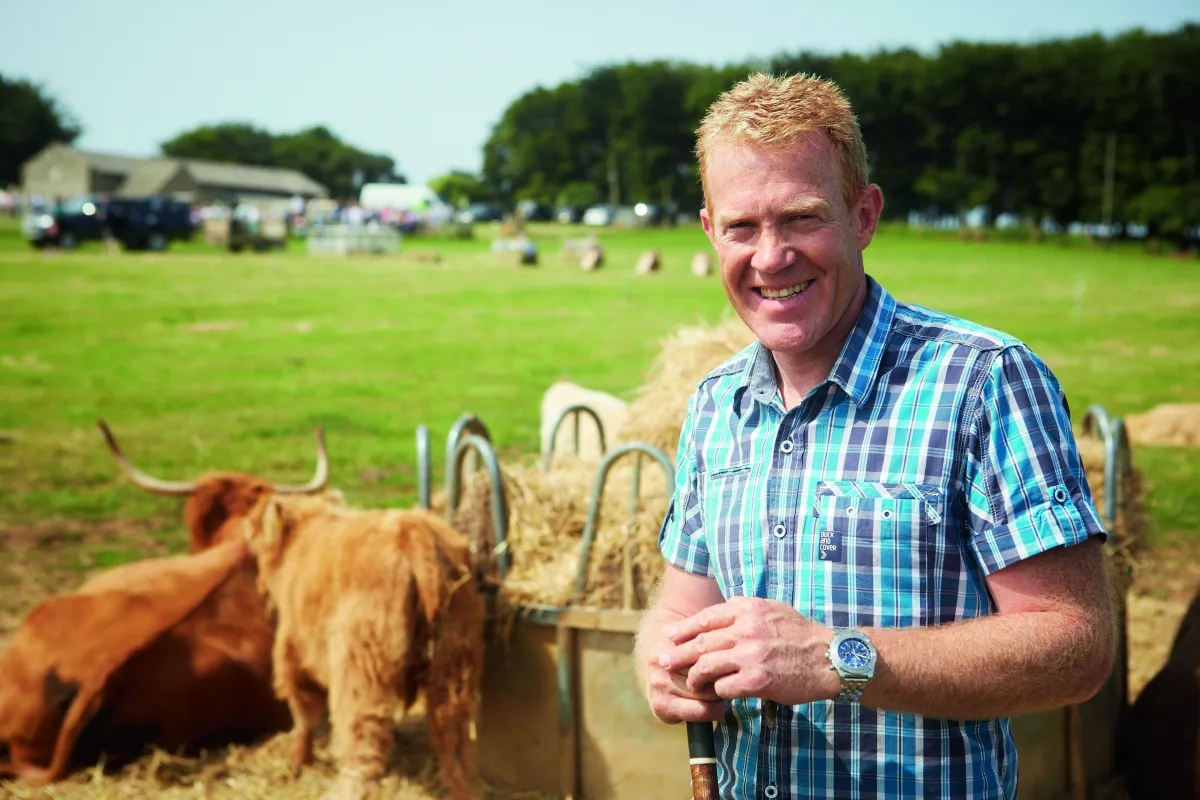
Rivers
The hot and dry late spring and summer saw many rivers in England and Wales record exceptionally low levels. In one particularly graphic incident, large stretches of the River Teme – on the Herefordshire-Shropshire border – dried up completely, and the Environment Agency rescued hundreds of fish from the last remaining pools of water.
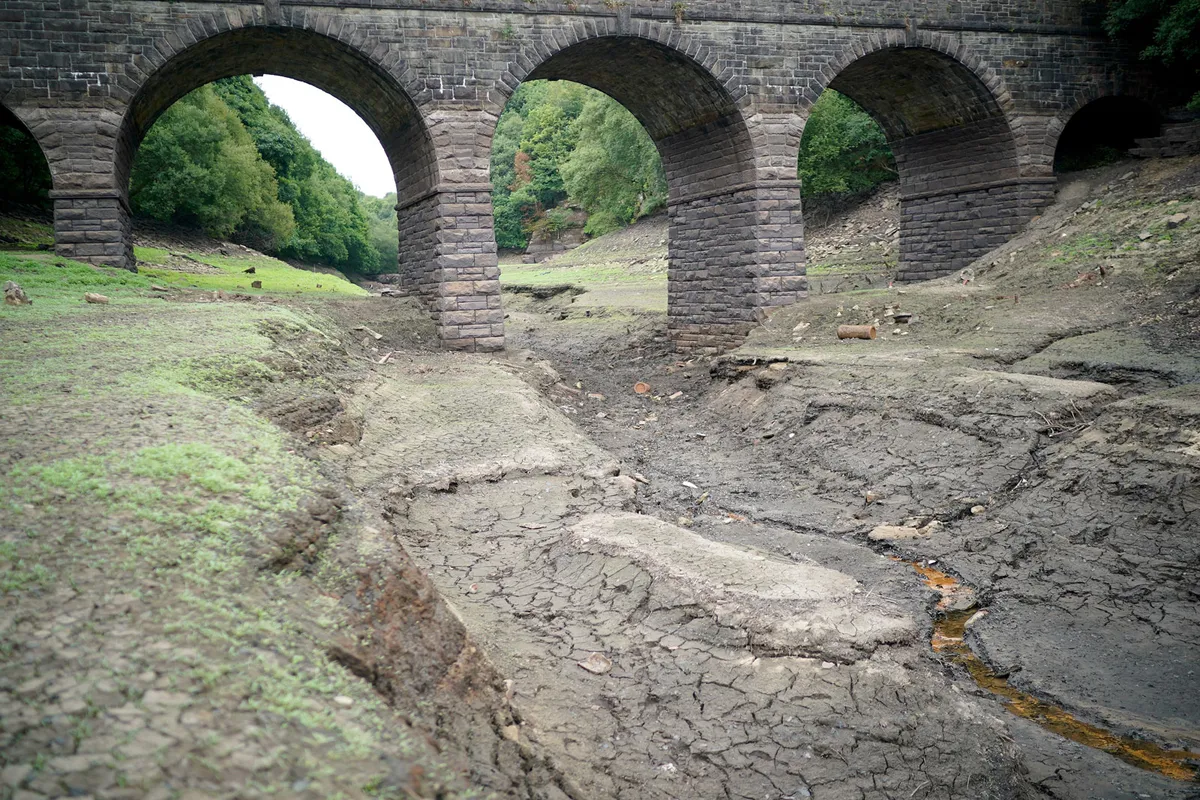
There was a similar situation on the upper Kennet in Wiltshire and parts of the upper Wye in mid-Wales. Many smaller streams and tributaries across southern Britain were also temporarily lost, causing the death of thousands of fish.
The situation was exacerbated as water companies and farmers were permitted to extract more water from rivers to cope with the drought. Even where rivers still flowed, many fish suffocated due to the sluggish, slower moving water containing less oxygen.
Wildlife
Swifts
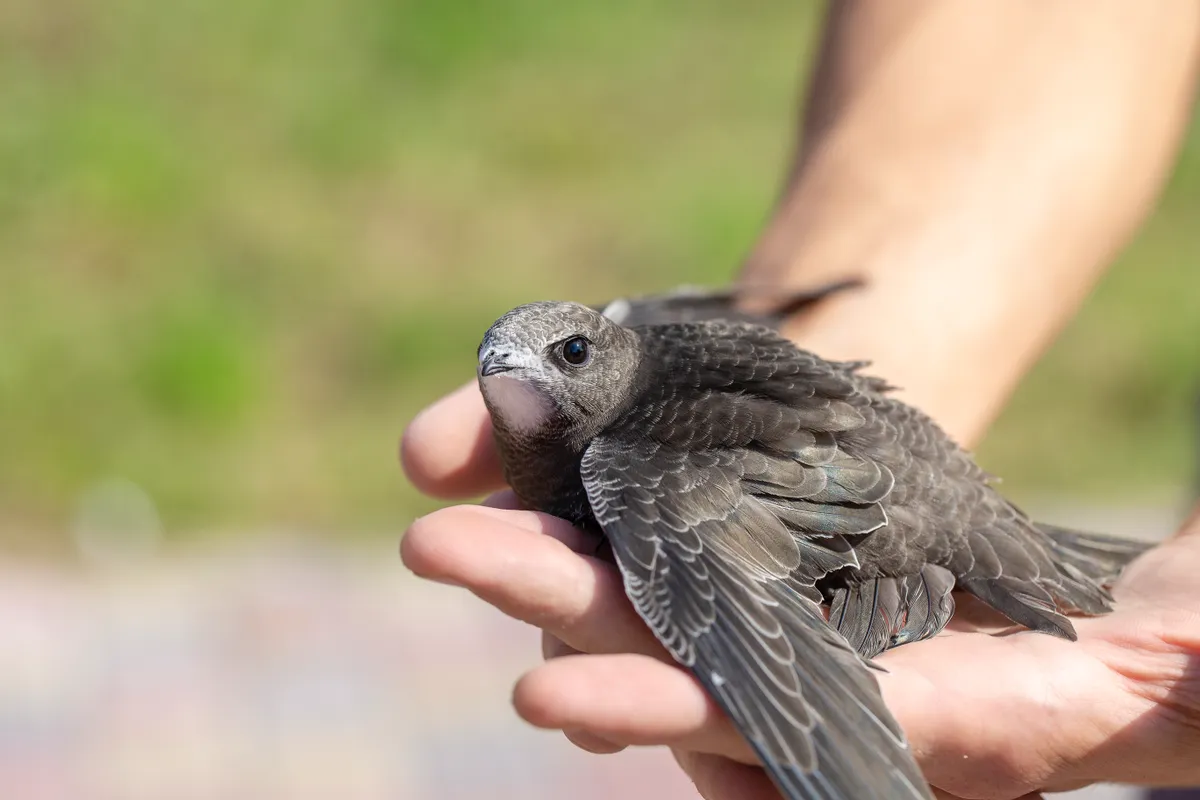
A huge drop in numbers of swifts in spring was noted up and down the country. While habitat loss in Africa is thought to be an issue, cold weather here meant those swifts that did arrive did so later than usual. “Migratory species are always going to have a hard time in such circumstances,” says Jon Traill, living landscapes manager at Yorkshire Wildlife Trust. “But this year, many swifts arrived here looking to stock up on food after their journey and there wasn’t any.” However, the dry weather may have tipped the balance back in favour of the swift. “It was glorious and perfect for swifts and other insectivorous birds,” says Paul Stancliffe of the British Trust for Ornithology (BTO). “Many of their young emerged bang on cue.”
Butterflies
“Generally speaking, hot weather is good for butterflies; they need warmth for activity,” says Ian Middlebrook of Butterfly Conservation. “The problem that some of the summer broods had was that flowers became desiccated. Some of the rare butterflies may have struggled, as they don’t have the range or ability to disperse that other species do. We might see the impacts of that next year.” The ‘Beast from the East’ may, however, have helped butterflies during the summer of 2018. “Cold weather stops parasites and mould building up, which helps them,” says Middlebrook. “Species that come out in early spring tend to be more robust, as they are more used to changing weather.”

Garden birds
Blue tits, blackbirds and house sparrows were gearing up to breed when the severe cold weather of March arrived. Instead of producing offspring, they were left desperately searching for food and water to survive. “Blackbirds have been even further hammered by the recent dry weather,” says Stancliffe. “The ground became rock-hard and so they weren’t able to
get at the worms.”
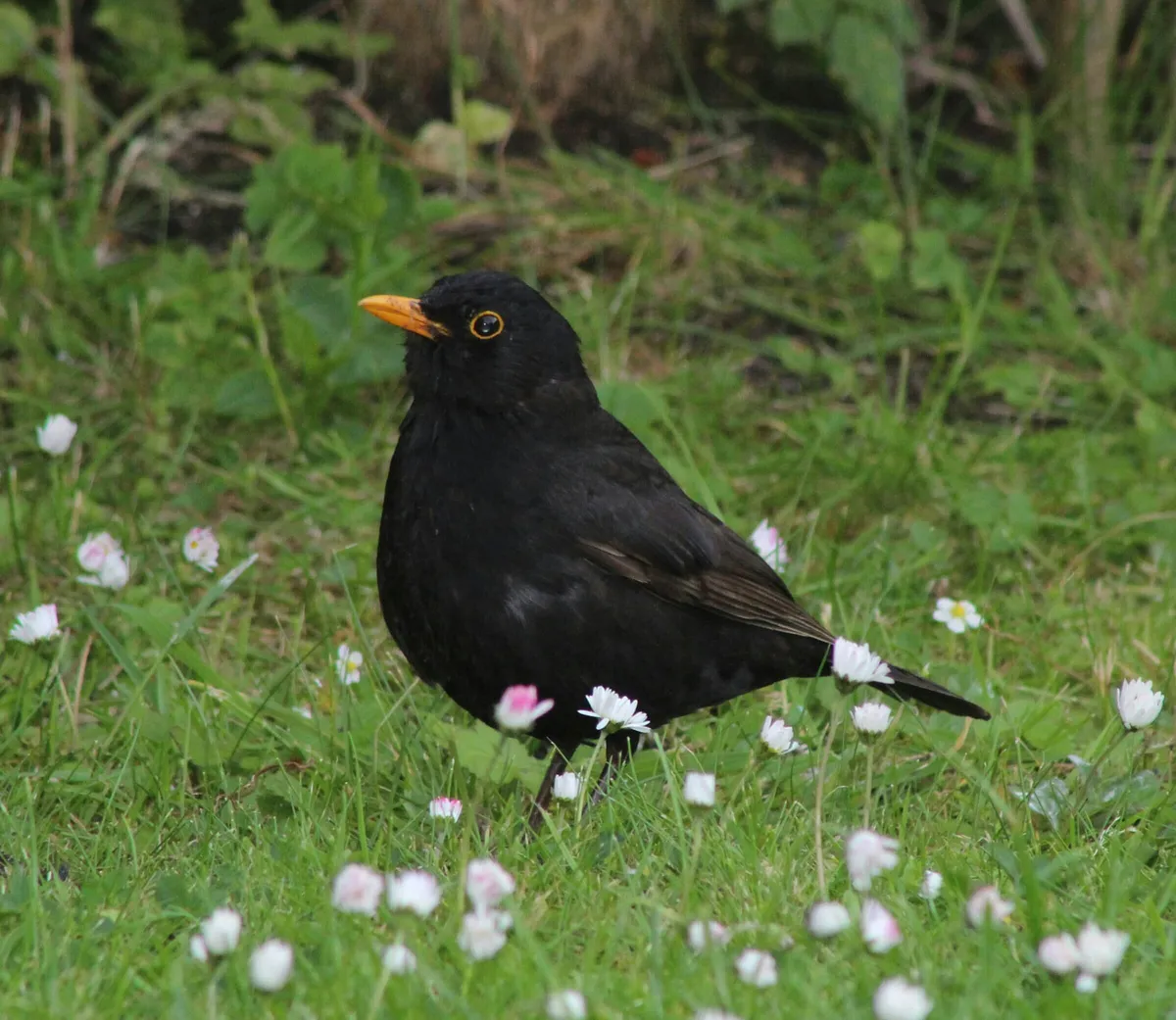
Flowers and insects
Flowers bloomed earlier than usual and then quickly wilted and bleached in the heat, which means pollinators may have struggled to find sufficient nectar throughout the year. Some insects were able to dig deeper as marshy areas baked, but as puddles and ponds dried up, bees and other insects struggled to find water to drink. Many more insects than usual turned up in back gardens in search of water from domestic ponds. “The trouble is that everything has been out of sync,” says a spokesperson for Buglife. “Insects are attuned to synchronise with their food supply, but in many instances that supply has come and gone early this year.”
What does the future hold for Britain's weather?
Nature can adapt to the occasional year of extreme weather. But some experts are concerned about the context in which such extremes occur. “We’re getting these wild swings in weather. Birds will adapt if you give them time, but if we keep getting these extremes some species won’t be able to cope,” warns Paul Stancliffe of the BTO. But as Andrew Whitehouse, south-west manager for Buglife, points out, the effects of the extreme weather are compounded by other elements. “What makes it more difficult for wildlife is the intensive use to which we put the countryside. Much of the countryside and its habitats are disconnected. Nature can cope with the occasional local extinction of a species, say from an area of moorland, because normally that species would return soon enough from similar habitats nearby. That’s not always the case now. The more damaged the countryside is, the less nature is able to recover.”
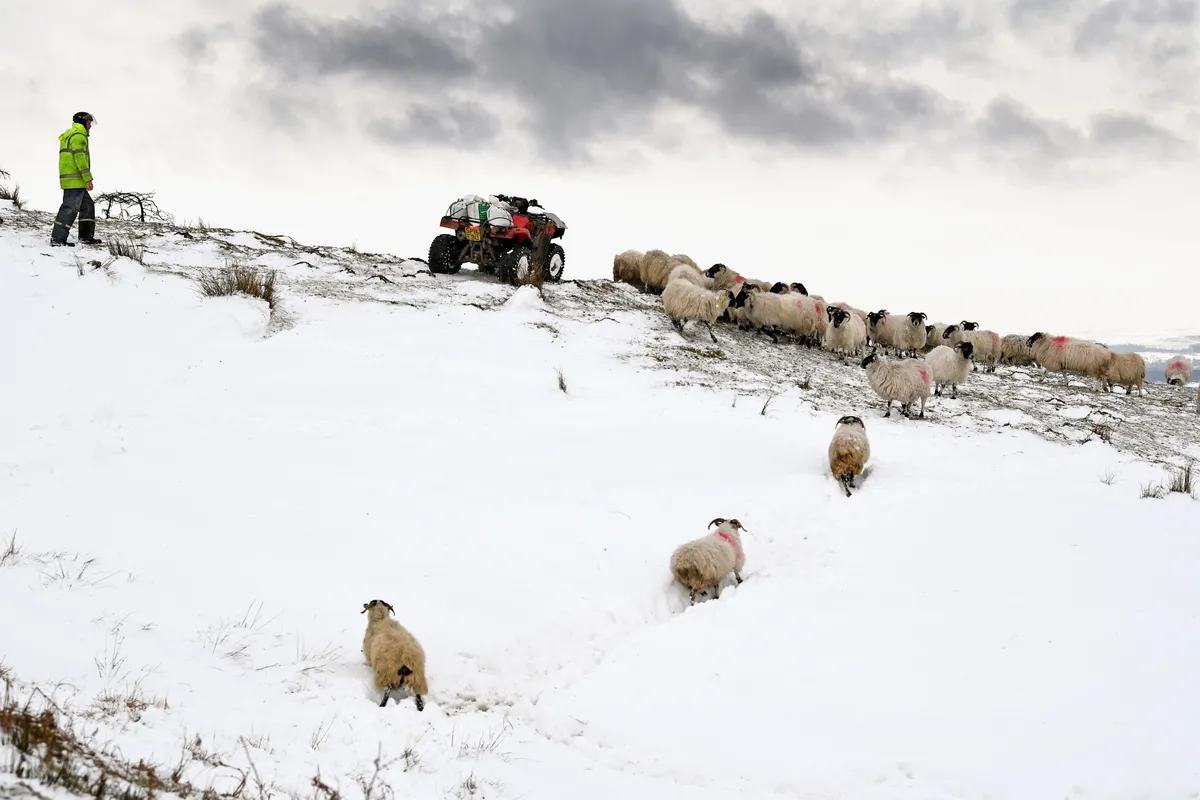
Stocking up feeders in harsh winters helps, explains Jon Traill, and there are other ways we can support wildlife. “We can create wild areas in our gardens; put out water in the heat,” he says. “But there’s only so much we can do. We are trying to mitigate things over which we have very little control. Climate change doesn’t just mean hot summers. It means fluctuating extremes of weather.”
A point that Grahame Madge, the MET Office’s senior press officer, underlines. “This year’s swings of weather may leave a legacy in the wildlife record for years to come. You can’t assume that extremes of weather are caused by climate change, but a changing climate makes new extremes more likely.”
